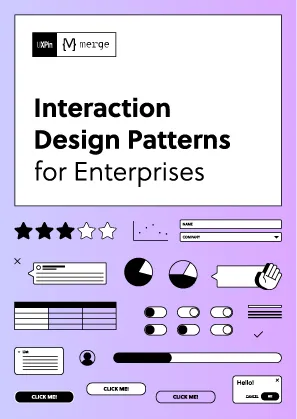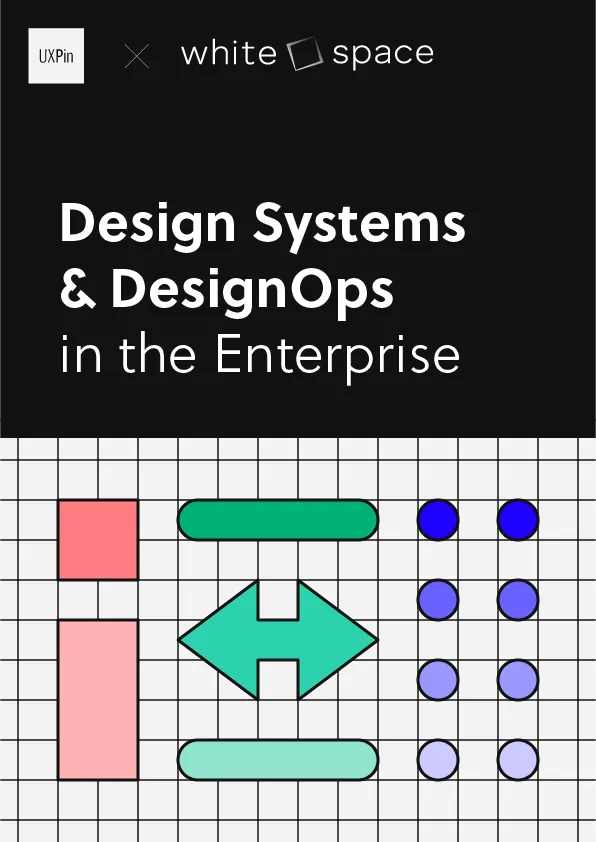In the ever-evolving world of UI/UX design, bridging the gap between creative conceptualization and functional development remains one of the most critical challenges. The video "AAA’s Design Journey: Prototypes to Merge" takes viewers into the heart of this conundrum, offering insights into how one team revolutionized their workflow with an approach that ensures consistency, efficiency, and breakthrough collaboration.
This article unpacks the lessons from the video and provides actionable insights for professional UI/UX designers, front-end developers, and design teams who are constantly looking to refine their design-to-development pipelines. Let’s dive into how AAA’s design journey can inspire your team to achieve seamless workflows and better product outcomes.
The Problem: Disconnect Between Design and Development
Every design team struggles with the same pain points: miscommunication between design and development, inconsistencies when transitioning from prototypes to live code, and inefficiencies that slow down the entire process. AAA’s design team was no different.
The video outlines how AAA’s initial workflow depended heavily on disjointed tools and methods. Design files often failed to translate accurately into usable code, resulting in repeated revisions, wasted time, and frustration across teams. Despite their best efforts, they found themselves battling version control issues, alignment problems, and a lack of design consistency.
This disconnect is a familiar challenge for many organizations, particularly as the complexities of modern user interfaces continue to grow. A solution that could harmonize design intentions with development realities was urgently needed.
The Turning Point: Rethinking the Workflow
Understanding the need for change, AAA’s team decided to overhaul their process. The primary shift? A workflow that centered around dynamic prototyping and merging.
Instead of treating design and development as separate silos, they adopted a unified framework where prototypes were the nucleus of the workflow. The video emphasizes how this approach helped their team:
- Prototypes as the Single Source of Truth: By prioritizing prototypes as the definitive reference for both designers and developers, they eliminated the guesswork involved in interpreting design files.
- Iterative Testing: Prototypes allowed for real-time testing of both design aesthetics and functional interactions, helping teams identify and resolve issues early.
- Collaborative Tools: The adoption of collaborative software platforms enabled synchronized updates, creating a seamless bridge between design and development teams.
This pivotal shift allowed the team to align their goals, eliminate bottlenecks, and focus on delivering a consistent user experience.
The Solution: Prototypes with Real-Life Functionality
AAA’s new workflow placed a strong emphasis on prototypes that weren’t just visually accurate but also functionally interactive. This move helped to:
- Communicate Intentions Clearly: Developers could interact with designs in a way that mimicked the final product, minimizing misinterpretation.
- Facilitate Design Consistency: By linking prototypes directly to design systems, they established uniformity across all screens and interactions.
- Streamline Handoffs: Prototypes acted as a direct handoff mechanism, with fewer back-and-forth iterations between teams.
The video highlights how this approach translated into practical benefits: faster production timelines, reduced errors, and an overall increase in design quality.
Key Lessons from AAA’s Journey
AAA’s experience underscores the importance of rethinking traditional workflows to meet the demands of modern digital product development. Here are the three most critical takeaways:
- Break Down Silos: Foster collaboration between designers and developers by using tools and workflows that encourage shared ownership of the product.
- Prioritize Prototypes: Invest in creating interactive prototypes that serve as the single source of truth, reducing the scope for miscommunication.
- Iterate and Test Early: By testing designs in real-world scenarios during the prototyping phase, teams can identify and address issues before development begins.
How You Can Apply These Lessons to Your Workflow
Professionals in the design and development space can draw actionable inspiration from AAA’s journey. Here are some practical steps to incorporate into your own processes:
1. Adopt a Unified Framework
- Choose tools that integrate seamlessly across design and development workflows. Examples include Figma, Adobe XD, or tools with code-export capabilities.
- Use a shared design system to maintain consistency across all deliverables.
2. Make Prototypes Actionable
- Go beyond static wireframes and create prototypes that mimic the functionality of the final product.
- Test these prototypes with stakeholders and end-users early in the process to gather actionable feedback.
3. Prioritize Collaboration
- Use collaborative platforms that allow designers and developers to work together in real-time.
- Establish clear communication channels and regular check-ins to ensure alignment at every stage.
Key Takeaways
- Interactive prototypes serve as the foundation for seamless design-to-development workflows.
- Cross-team collaboration is essential to achieving consistent and efficient outcomes.
- Testing and iteration during the prototyping phase can save time and resources later in development.
- A unified design system ensures consistency across designs, reducing errors and inconsistencies.
- Adopting collaborative tools and processes fosters shared ownership and accountability.
Conclusion: A Blueprint for Seamless Workflows
AAA’s design journey serves as a powerful case study for teams looking to modernize their workflows. By shifting their focus to dynamic prototyping and collaborative tools, they were able to bridge the gap between design and development, ultimately delivering products that were both functional and visually engaging.
For UI/UX designers, front-end developers, and design teams, the key lies in integrating processes and tools that encourage collaboration, consistency, and efficiency. AAA’s success proves that with the right approach, it’s possible to transform challenges into opportunities for innovation.
Take inspiration from their journey, and start rethinking how prototypes can empower your teams to build better digital experiences.
Source: "Prototypes & Pints: From Classic to Merge | AAA’s Design Journey 🚗🍺" – UXPin, YouTube, Sep 23, 2025 – https://www.youtube.com/watch?v=tkEQUfwKir4
Use: Embedded for reference. Brief quotes used for commentary/review.

